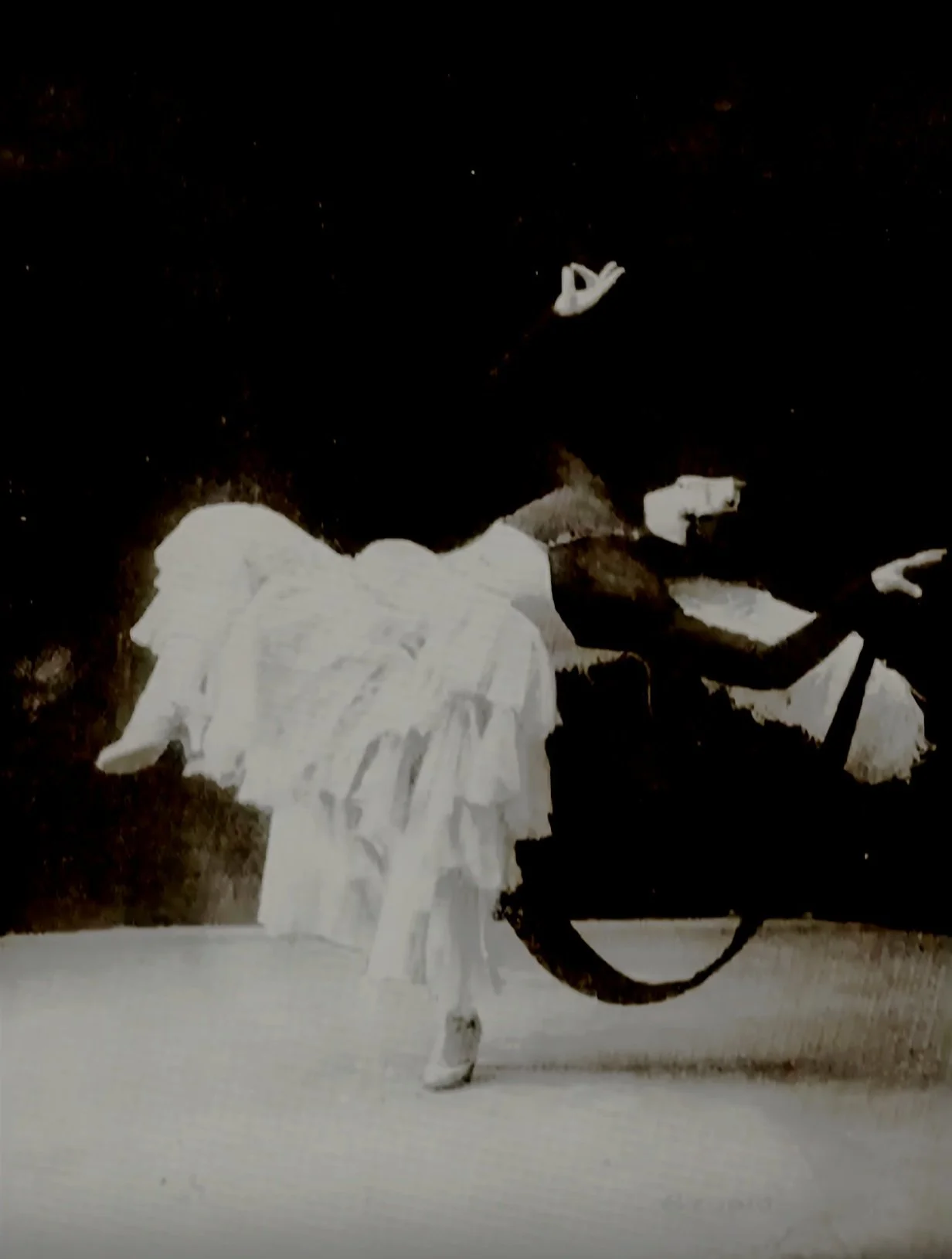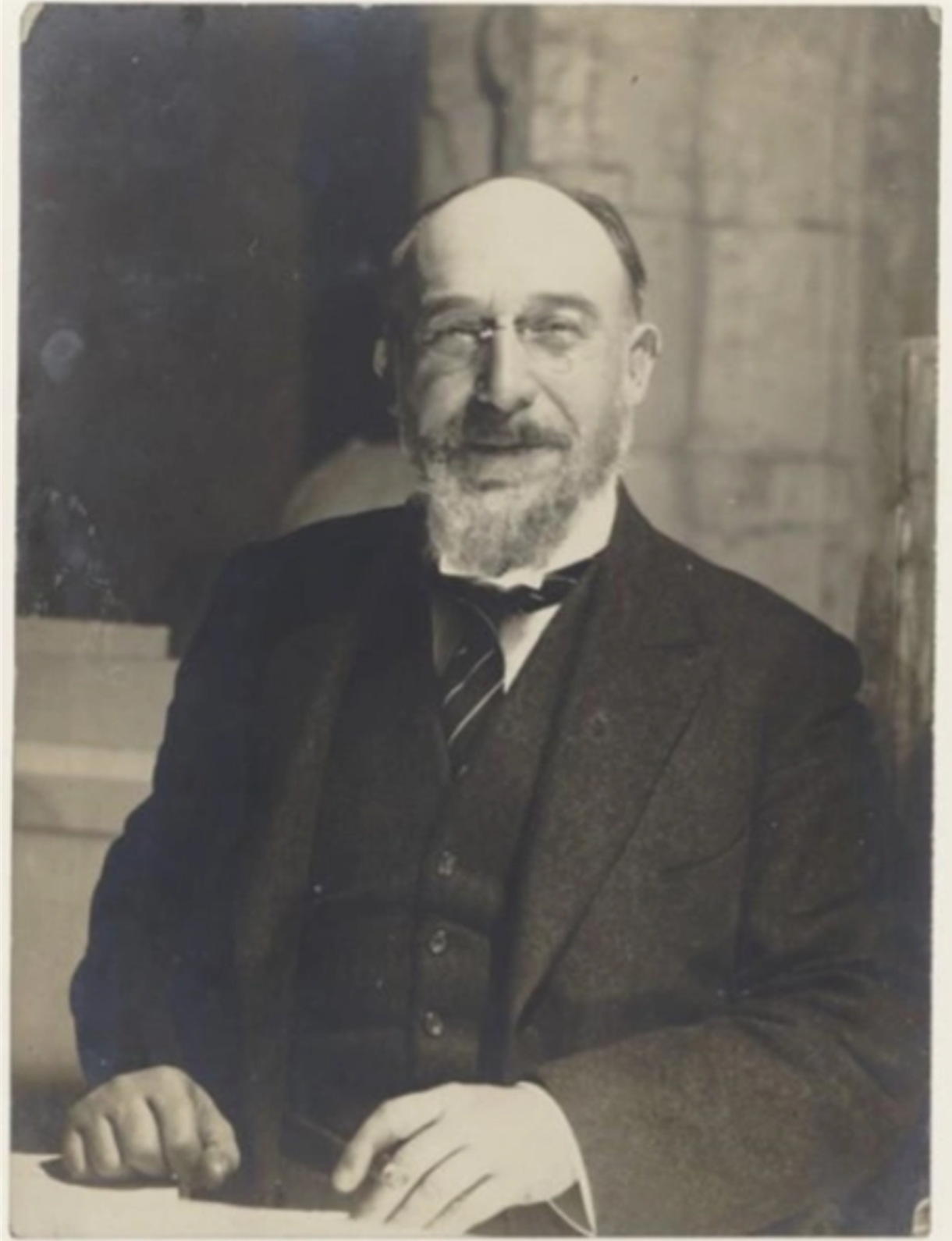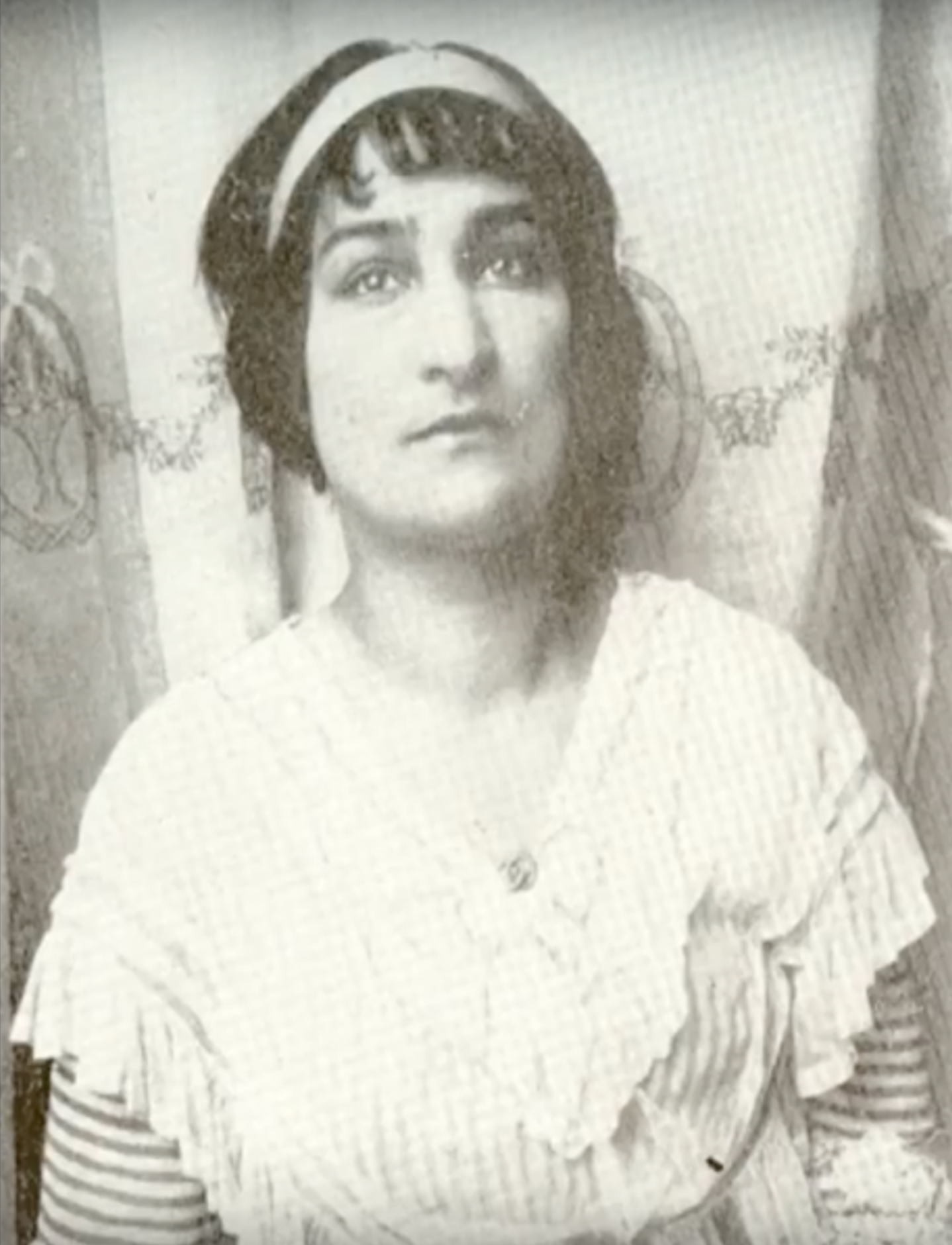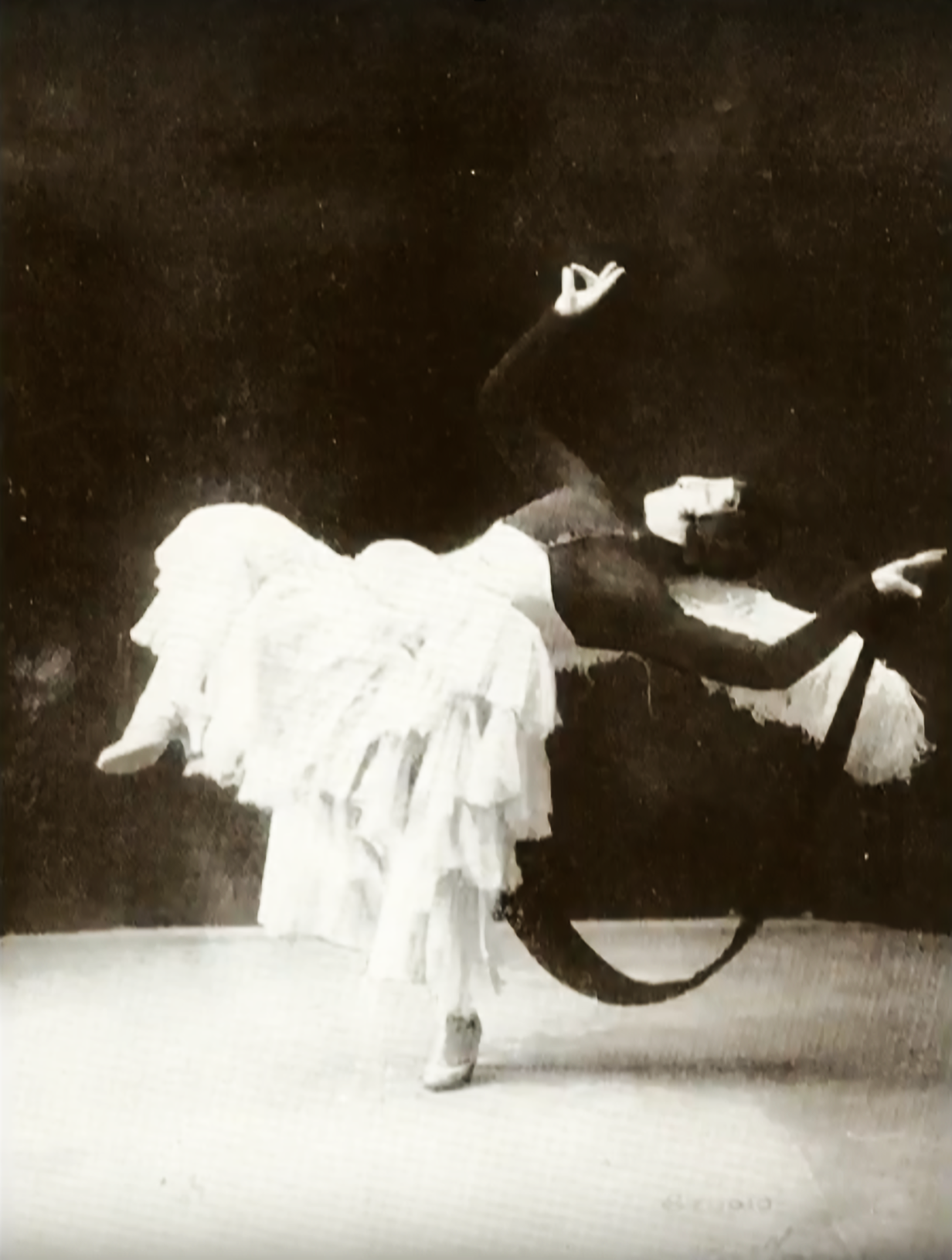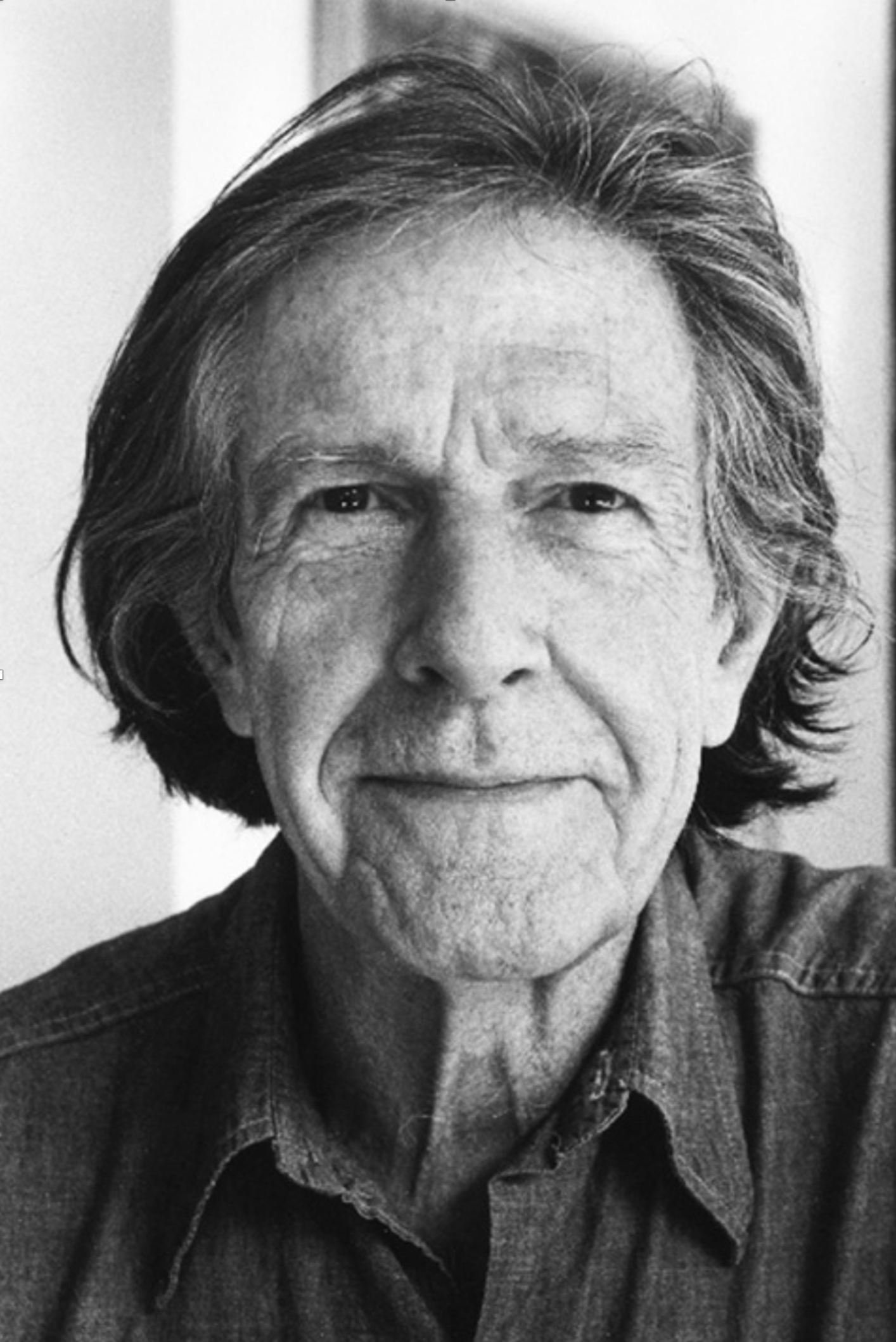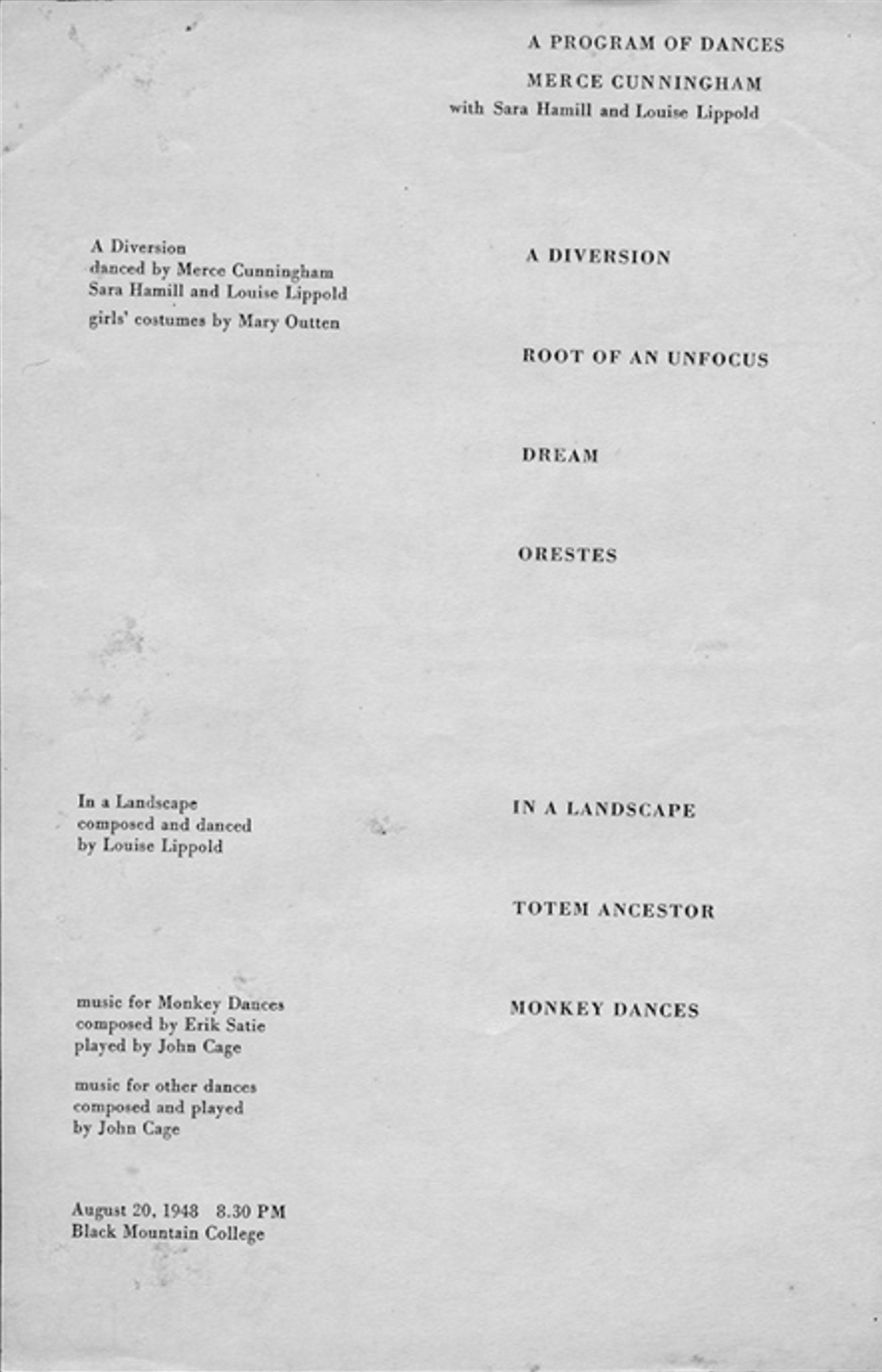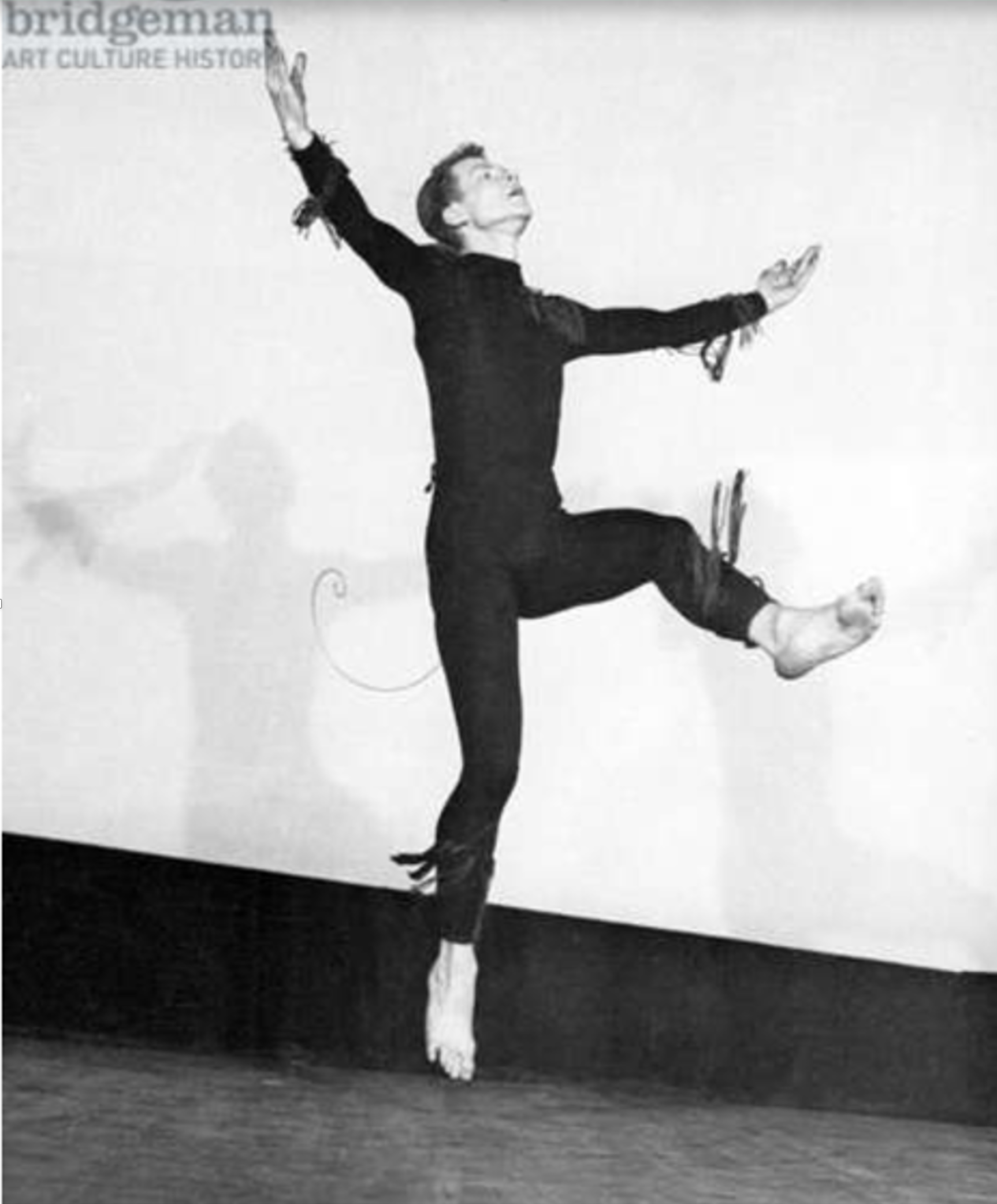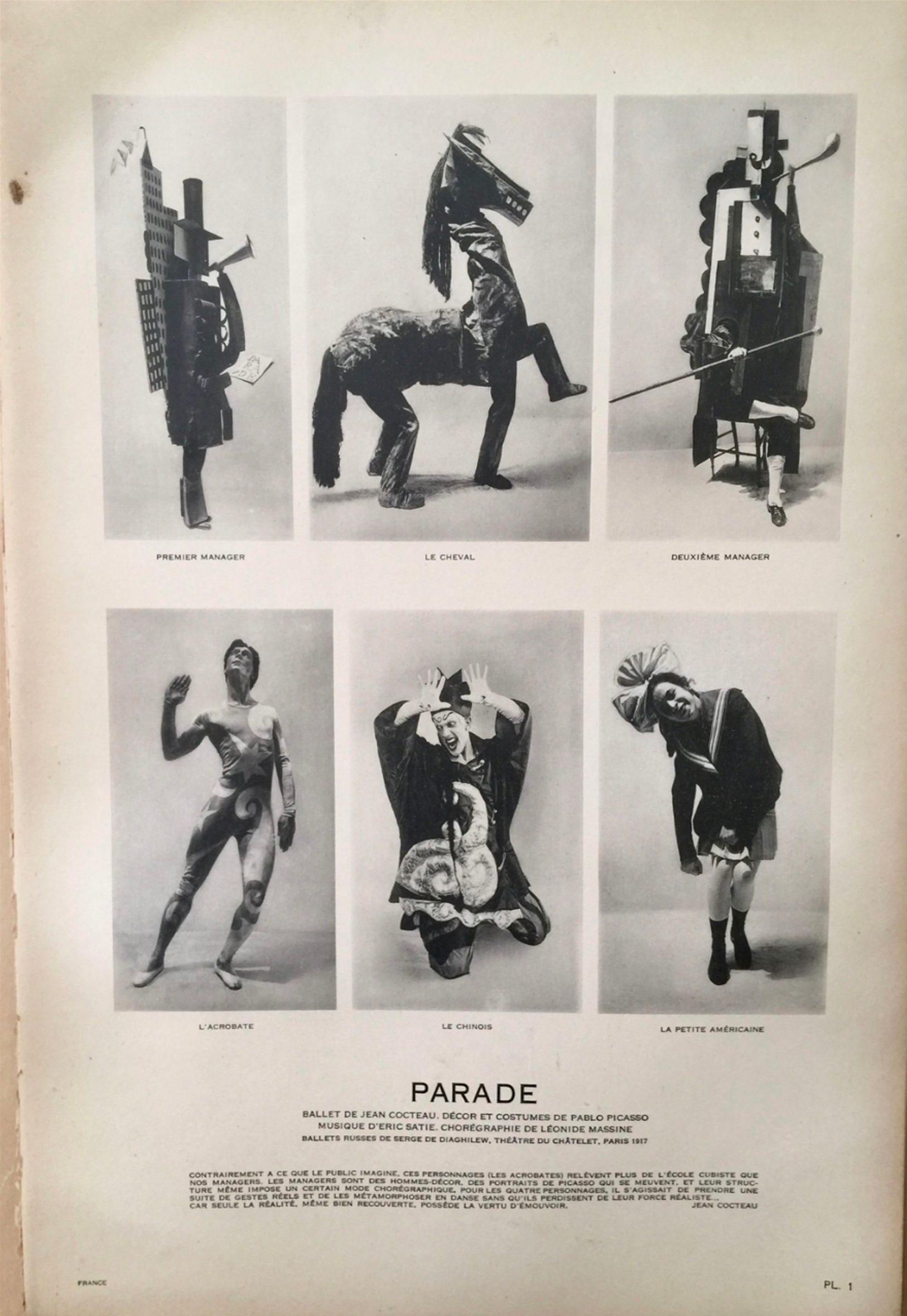CAST
Conception Dominique Brun
Music Erik Satie, John Cage
Arrangements Robin Melchior
Light Christophe Poux
Sound Eric Aureau
Costumes Florence Bruchon assistée de France Chevassut, Marine Gressier, Aude Bretagne et en stage Alice Girard
Dance Roméo Agid, Marie Orts, Clément Lecigne et en stage Pierre Morillon
Song Dominique Brun
Music Sandrine Legrand, Jérôme Granjon
coproduction
Rencontres Chorégraphiques Internationales de Seine Saint Denis
With the active, warm and benevolent support of de la Ménagerie de Verre dans le cadre du dispositif Studiolab, Conservatoire Nina Simone – Romainville, la Maison Jean Moulin / Parc Les Guilands – Montreuil and Conservatoire Erik Satie – Bagnolet.
PROGRAM
Gnossienne n°4 (Erik Satie / Ted Shawn)
Dance : Roméo Agid from seven pictures of Ted Shawn’s compositionLa belle excentrique (Erik Satie / Caryathis)
Dance : Marie Orts from the archives of la danse de Cariathys (1921)
Le piège de la méduse. Les sept toutes petites danses (Erik Satie)
Dance : Roméo AgidJe te veux (Erik Satie / Paulette Darty)
Song : Dominique BrunLes pantins dansent (Erik Satie)
Métachorie danced by Valentine de Saint PointLe “cheval” (Erik Satie) from the first one imagined par Erik Satie and the one choreographed by Léonide Massine
Piano preparation : Sandrine Legrand, Jérôme Granjon, Marie Orts
Dance : Roméo Agid, Clément LecigneAmores : parties 1 et 4 (Erik Satie)
Totem Ancestor (John Cage / Merce Cunningham)
Dance : Clément Lecigne
from Merce Cunningha’s choreography notated in Laban by Lena BellocSuite pour piano jouet (John Cage)
Piano de-preparation : Sandrine Legrand, Jérôme Granjon, Clément Lecigne, Marie Orts
Music : Roméo AgidAerodanse : Hyperprism (Edgard Varèse recording led by Pierre Boulez / Giannina Censi)
Dance : Marie Orts from La danse futuriste by Giannina CensiParade (Erik Satie / Léonide Massine)
from la danse de Maria Chabelska, Léonide Massine and Nicolas Svereff
Prélude au rideau rouge
Le prestidigitateur chinois
La petite fille américaine
Les acrobates puis Les managers
Suite du rideau rougeDance : Marie Orts, Clément Lecigne and Roméo Agid
CROOKED DANCES & MUSICS TO RUN AWAY FROM
— A DANCE CONCERT IN TRIBUTE TO ERIK SATIE –
THe use OF THE SHORT FORM
This project consists of bringing together in a single programme several short pieces, lasting from 1 minute 30 to 12 minutes, chosen mainly from the works by Erik Satie (1866-1925) that he composed for dance. The programme is aimed at museums, but also at theatres and festivals, and/or other unusual venues whose primary purpose is not to host dance (retirement homes, parks and gardens). It offers a 'dance concert' lasting between fifty-five minutes and an hour, bringing together two pianists, Sandrine Legrand and Jérôme Granjon, and four dancers, Roméo Agid, Dominique Brun, Clément Lecigne and Marie Orts. Florence Bruchon's costumes are added to each of these miniatures, providing and clarifying the historical context in which they emerged. Choosing to base this programme around Satie's music means affirming that Satie - through his artistic research - opened up a whole area of modernity in the history of art in general, and dance and music in particular.
Satie and dance
Satie established a privileged link with dance in his musical compositions, and in so doing he seems to be saying that his music seeks a body capable of reconnecting with a gesture that arises without purpose, or even without history, as he ultimately conceived his music. His piece Le Piège de Méduse (The Medusa Trap) bears witness to this - despite the narrative prompting of its title. The score contains a whole series of motor indications that enabled the American choreographer Merce Cunningham (1919-2009) to write his Monkey Dances, accompanied on the piano at the "premiere" by the musician and composer John Cage (1912-1992). Satie also composed pieces in the style of music-hall and cabaret sketches, notably La belle excentrique for the dancer Élisabeth Toulemont (1888-1971), known by the pseudonym Caryathis. He also took part in the innovative, surrealist creation of Parade with the poet Jean Cocteau (1889-1963), the painter Pablo Picasso (1881-1973) and the choreographer Léonide Massine (1896-1979) for the Ballets Russes in 1917.
TOWARDS AN EXACERBATED MODERNITY : FROM Satie TO Cage
The verbal indications that punctuate Satie's scores are an invitation to give body to his music, to set it in motion, and even to dance to it, something that was not lost on Cunningham, the pioneering choreographer of twentieth-century American choreographic modernity. In 1948, Cage directed for the first time at Black Mountain College (a unique university in North Carolina) an amateur festival of concerts and lectures dedicated to the music of Satie. Cage gave twenty-five half-hour concerts, sometimes at the grand piano in the college dining room, sometimes on the floor of his residence while the audience listened outside, sitting on the grass. The highlight of the festival was a performance of Satie's Piège de Méduse. That same summer of '48, again at Black Moutain College, Cage accompanied a dance concert conceived by Cunningham on the piano. The programme included another of Cunningham's earlier compositions, Totem Ancestor from 1942, for which Cage also wrote the music, and the famous Monkey Dances from Satie's Piège de Méduse. Satie's research and posture had a definite influence on Cage's conceptual compositional work.
BETWEEN CROOKED DANCES ANS MUSIC TO RUN AWAY FROM
In this programme, you can hear and see both music and dance, together or separately. It remains for the spectator to choose which sense to favour... and even to watch the music or listen to the dance. Opening with La Gnossienne n°4 composed in 1891 by Satie and choreographed in 1919 by the modern American choreographer Ted Shawn (1891-1972). This is followed by La belle excentrique (1921) from the 'Caryathis' dance archives. We then hear the song "Je te veux" (1903) sung at the time by Paulette Darty (1871-1939), published under the title Les danses d'Érik Satie. The seven very small dances - Monkey dances by Cunningham in 1948 - are here rewritten using Satie's indications, which appear in the score of Piège de Méduse (1913). We then hear Les pantins dansent composed the same year, commissioned by the Futurist poet Valentine de Saint-Point for her metachory. Then we discover the 'Cheval' from Parade, who moves silently - although there is a composition by Satie of the same name - in the costume-decor designed by Picasso. Alongside this dance, we watch the preparation of the piano on stage.
We hear Cage's Amores (1943), followed by Totem Ancestor (1942), choreographed by Cunningham and set to music by Cage. All the pieces on the programme are played for two or four hands. Only Cage's Suite pour piano-jouet (1948) is performed by a dancer. An exception to this 'live' programme is a recorded work by Edgar Varèse (1883-1965), which serves as background music for Aéro-danse (1931) by the futurist dancer Giannina Censi (1913-1995). Hyperprism (1923) features sirens that are part of the new sounds and noises invented by Italian Futurist musicians. Diaghilev wanted them to appear in Parade to add to his modernity by pointing towards that of the Futurists.
The programme ends with Parade (1917), a 'realist' ballet. The dance here is based on the version that Massine recreated for the Joffrey Ballet with his choreographer Robert Joffrey in 1976, for the extracts from 'Le Magicien chinois' and 'La petite américaine'.
Cocteau wrote - not unlike Cage's famous Conference on Nothing: "Don't break Parade to see what's inside. There is nothing inside. Parade hides nothing. Parade is a parade. Parade has no symbol. Parade, full stop. Parade is not cubist. Parade is not futuristic. Parade is not Dadaist. Parade is not 'a curious ballet'. Parade does not wink. Parade is not clever. Parade is not sublime. Parade is as simple as can be.
CALENDRIER
september 28th 2024 | “La belle excentrique” extract from Danses de travers et musiques à fuir | La briqueterie - Vitry sur Seine | in Festival Excentriques organised by la Briqueterie - CDCN du Val de Marne
may 23rd 2024 - 10h | Le Forum - Falaise | in Festival Danse de tous les sens (young audience performance) organised by Chorège - CDCN de Falaise
may 23rd 2024 - 20h | Le Forum - Falaise | in Festival Danse de tous les sens organised by Chorège - CDCN de Falaise
may 23rd & 24th 2023 | Théâtre Berthelot - Montreuil | in Rencontres Chorégraphiques Internationales de Seine Saint Denis
Éric Satie, Élise Toulemont aka « Cariathys », John Cage, Dance concert’s program conceived by Cunningham, Les Monkey Dances, Parade conceived in 1917 by Cocteau.

